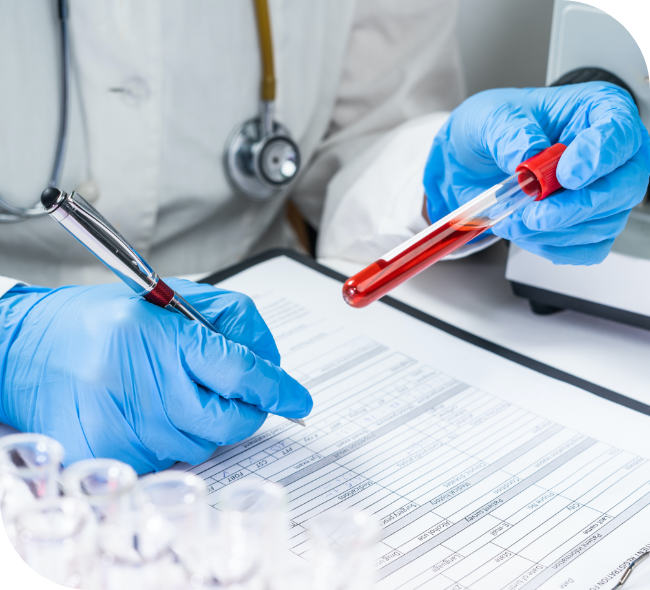It is always preferable to consider treatments that do not include surgical procedures. Depending upon the size of the stone we can look at the type of treatment. If small-sized stones are present, it is recommended for the patient to drink plenty of water to pass the stones naturally. In this case, medications to address issue of pain, acid control, or alkali is followed. Medication may also be provided to reduce the amount of calcium in the urine as released by kidneys.
When treating struvite stones, it is imperative to keep the pee liberated from microscopic organisms after removal to avoid any contamination. Anti-infection agents might be recommended and ordinary urinalysis is performed.
However, surgeries are unavoidable when stones are instigating pain, blocking your urine, and have become infectious. To avoid surgery in this case, there are some options available, including endoscopic method.





